- Basic
- Standard Compliant Channels
- $50
- Completely synergize resource taxing relationships via premier market
- 1 GB of space
- Support at $25/hour
- Sign Up
- Premium
- Standard Compliant Channels
- $100
- Completely synergize resource taxing relationships via premier market
- 10 GB of space
- Support at $15/hour
- Sign Up
- Platinum
- Standard Compliant Channels
- $250
- Completely synergize resource taxing relationships via premier market
- 30 GB of space
- Support at $5/hour
- Sign Up
News
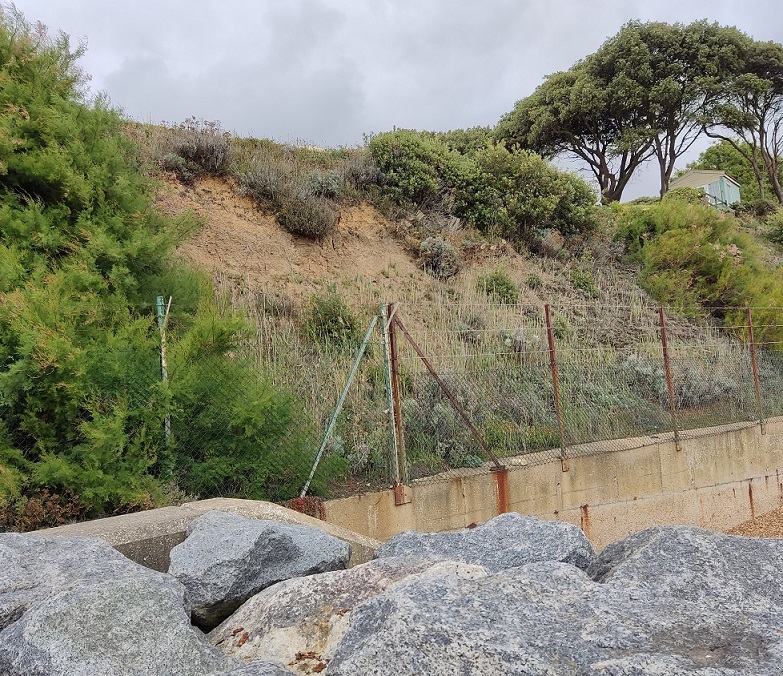
On a recent visit to Felxistowe GeoSuffolk was pleased to see, at the end of the Cobbold's Point walk, an exposure of Red Crag on London Clay in the cliffs - a fitting backdrop to the larvikite sea defences.
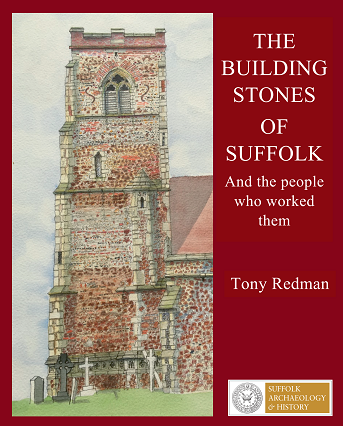
Read our review of Tony Redman's new book, The Building Stones of Suffolk - a comprehensive guide, including Bury St Edmunds Abbey, Suffolk stonemasons and more. In GeoSuffolk Times 66 - also featuring Bob Markham on the stratigraphy under Sizewell B.
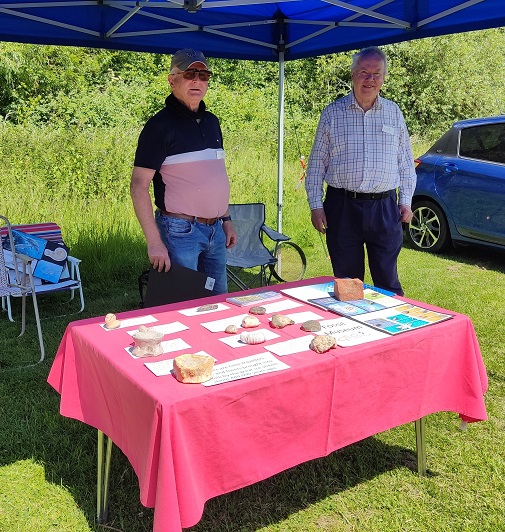
Fine weather brought 300+ visitors to Friars Meadow in Sudbury on May 30th. The chidren really enjoyed holding the Ichthyosaur and Plesiosaur vertebrae - real Jurassic in their hands! And we had more - a box of Crag 'coprolites' for them to handle and discuss.
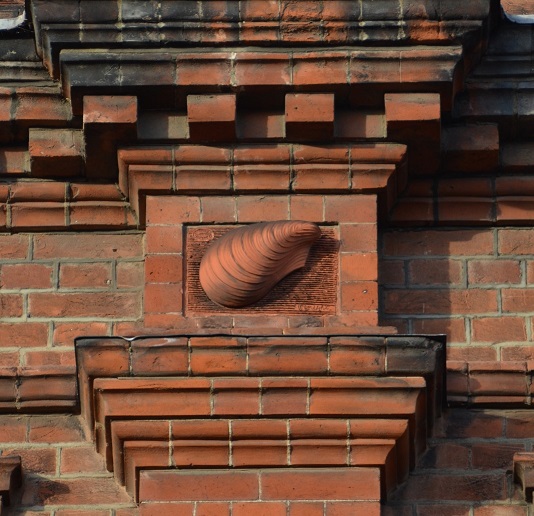
As Ipswich Museum slowly reappears from beneath the scaffolding, many of its terracotta features are becoming viewable. This new image, by the Museum's Carrie Calver, shows a representation of the Cretaceous bivalve Inoceramus.
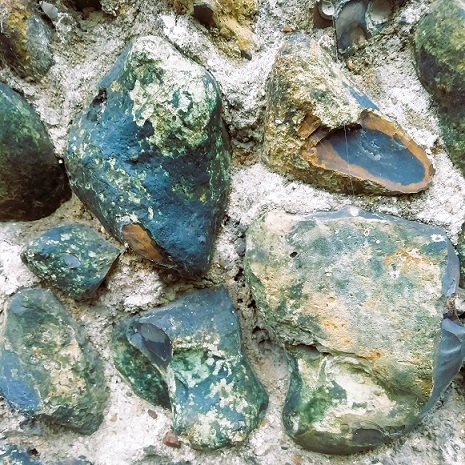
The green, glauconite-coated flints of the Bull Head Bed are instantly recognisable. Find out more, plus about percussion cones in flint at Ipswich Minster, in GeoSuffolk Times 65
